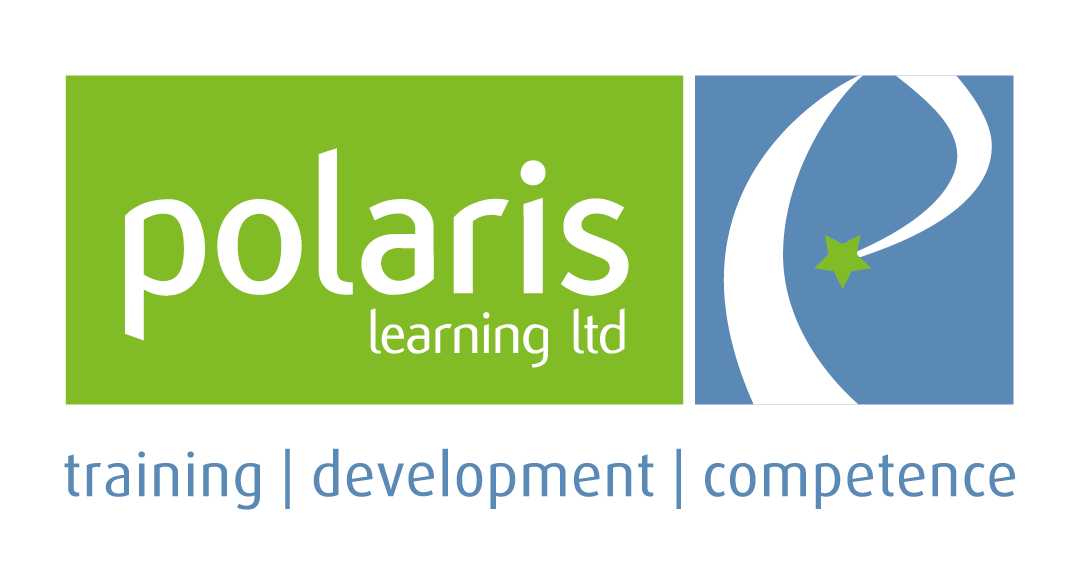Training Skills for Your Managers
When you think of training skills, you might initially think about the skills of your training team or the training companies that deliver your organisation’s training on your behalf.
However, most managers will also have a training aspect to their role, even if you do not formally refer to it as training
Examples would include:
- Coaching and supporting a team member learn a new skill
- Demonstrating a new technique or process
- Giving a short presentation to a small group on a relevant topic or change affecting their work
In addition, your managers might need to train others in the organisation outside of their own team and this might include producing some training materials.
BEING GOOD AT YOUR JOB vs BEING GOOD AT DEVELOPING OTHERS
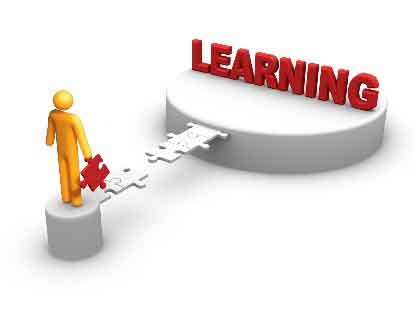
In the same way that people who are good technically at their work might not automatically be good at leading and managing, your managers may not necessarily be good at sharing their knowledge, developing their team or ensuring that best practice exists across all their areas of responsibility.
You might need to give them some support to help them pass on their knowledge and experience effectively or to help them work with their team to achieve the overall team goals and objectives.
SO WHERE TO START?
The first step is to think about what your managers need to be good at. Do they need to be able to talk to and train groups of people? Or is the focus more on sharing knowledge, coaching and developing individuals on a one to one basis?
Do they need to be able to write training materials? Training on a one to one is usually going to be easier to plan and prepare for than training to a group.
Once they have completed the training, the managers also need to be confident that they have shared the information correctly or passed on the skills to the team member(s). This means that the managers need to be able to form a clear picture of what has been absorbed and whether these individuals are now competent in the area in which they were trained.
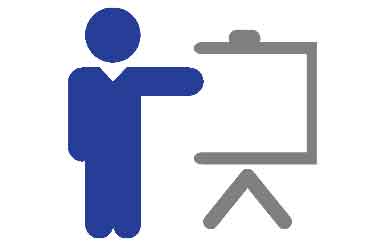
THE TRAINING CYCLE
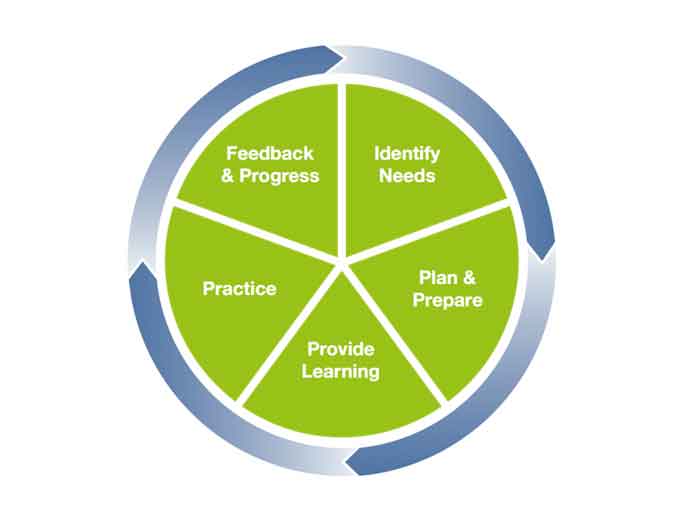
By reviewing the key stages in the training cycle, you can look at each stage and consider what the manager needs to be aware of and what perhaps needs to be put in place.
Step One: Identify the Training or Development Needs of the Team Member

The first step is to look at what the team member needs to be able to do or know after the training.
It might be to be able to give a presentation, to follow a new procedure or to be able to use a piece of equipment. It could be feedback to help them complete an existing task better or coaching to help them be more confident when dealing with situations.
A Gap Analysis?
The important thing is to understand what you need the team members to achieve, understand what they can currently do and therefore form a clearer picture of what needs to be done to close this gap.
In some situations, it might be easy to see what needs to be done. Sometimes, however, it can be more difficult. This is when your managers may need to put some time into looking at what is needed, where the gaps are and who is the best person or people in the team to close the gap, i.e., who needs the extra training or development?
Training and Competency Frameworks
If your organisation has training and competency frameworks in place, this is a good place to refer to when thinking about the skills gap or training needs.
Step Two: Planning the Training
Sometimes this might be as simple as deciding to give more feedback on a topic or to set aside some time each week to review a process.
Where it is more complicated or going to take a bit more input to close the gap, then it is a good idea to document what you need to achieve and how you are going to achieve it.

For example, if there are many areas where you need to help the employee develop, then a simple training plan could work well. Your managers do not need to write much but the process of thinking it through and writing down the key points can help them become much clearer about what they need to do.
It can be good to involve the people who will be trained as they might have a clear idea of where they would like more help or training and what type of training would work best from their perspectives.
On the Job Training, Coaching and Off the Job Training?
When planning the training, remember that a mix of types of training will often work best.
Training might take place away from the workplace and there are pros and cons of that type of training. Equally, training can also be on the job and includes demonstrating a new piece of equipment or a new technique as well as coaching someone on the job.
Step Three: Preparing the Training
Show, Tell and Do: Why It Matters:
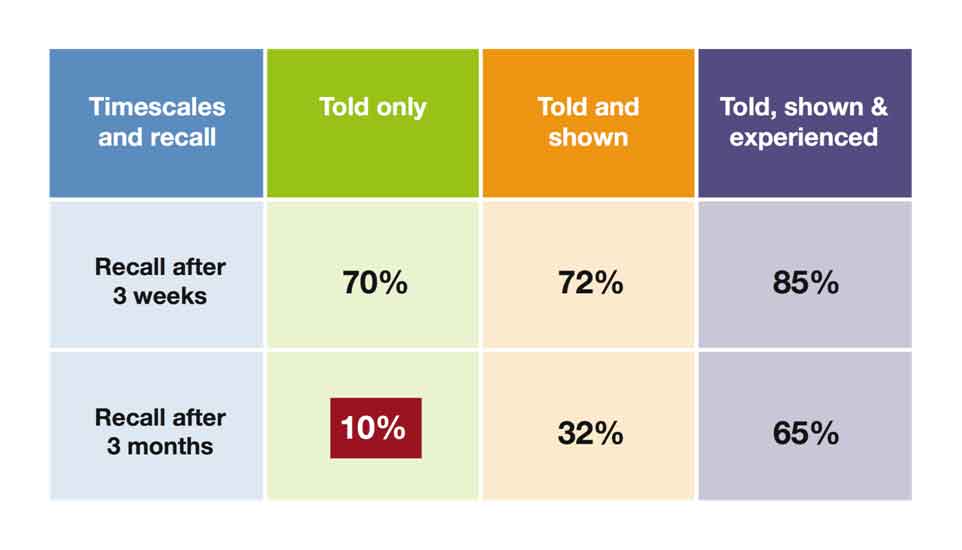
Once the manager has decided on the best type of training or training approaches, the next step is to prepare the training. Preparing the training is important, even if the manager is only planning a small amount of training. The reason that some preparation is important is because of the data in the table above.
If your managers only tell the team members what to do or perhaps tell and show them, then the recall after three months is going to be very low. It is essential that wherever possible, your managers should not just tell or show what needs to be done but should also give the people being trained the opportunity to apply this training for themselves.
How People Learn
The second point to make your managers aware of, is how people learn. You probably know that people have different learning styles, so some people prefer to absorb the information first, some learn best by doing and others by reflecting.
For most people, however, regardless of how they learn, they benefit most from bite size learning that they can re-visit as they require.
This means, making sure that we do not overwhelm people with information, that we give them the opportunity to re-visit the information, that they have the chance to apply it and that they also have the chance to reflect on what they have learnt.
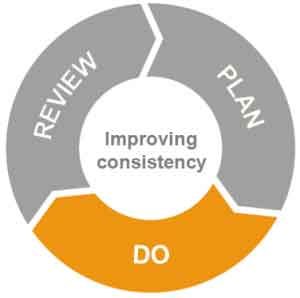
For managers planning what information they need to share or the training that needs to be delivered, thinking about the following will help:
- How do I break this information down into manageable chunks?
- How can I give those being trained the chance to practise what I am telling or showing them?
What can I do so that they can re-read this information or practise it again later?
Preparing the Training Materials
There is a lot that we could cover in this section. Some of the main points that we feel are important to share are:
- Start by looking at your learning objectives for the training.
- Be clear on your audience and write down what you need people to have learnt by the end of the training. This will shape what you say and help you think about how you are going to get them from listening to applying it in the workplace.
- Think about how your training resource will help you move your learners from a to z, how you are going to keep them engaged and how you are going to re-visit key points that might be harder to understand.
- The next step is how do you get them to apply it? Otherwise they will probably do the training but remember nothing afterwards.
- Remember to frame the training so they know what will be covered, you cover it and then you remind them what you have covered.
- For group training, you want lots of activities that get them thinking, talking and sharing their experiences, and ideally get them tackling a specific problem.
- Getting engagement, the chance to apply what they have learnt and the opportunity to reflect are important. If they switch off or don’t think it is relevant to them, you will probably not get anywhere.
Step Four: Providing the Training
The range of training delivery methods varies widely. Most managers will benefit from having good coaching skills, being able to provide demonstration and instruction, to deliver a tool box talk to a small number of people and in some cases, being able to deliver training to a group.
Your managers need to get the results that they need from the training. Applying the points that we have discussed so far will all help ensure that the training that is delivered, whether it is to one person or to a group, will be effective.

Feeling Motivated?
Your managers do however need to feel motivated to train and develop their team, and importantly, willing to share their skills and knowledge.
Helping them to understand the wealth of knowledge that they have helps with this as well as giving them the skills and knowledge to feel confident in training their team members.
You might think about providing your managers with some training to help them build these skills and knowledge.
Some starting points for your managers to think about are in this table below:
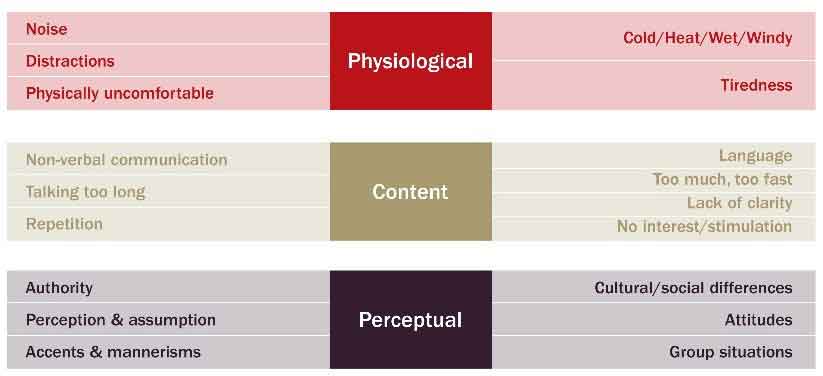
Step Five: Assessing Competence
The training and development may take a while and your managers might not be at a point of being able to sign off the training as complete for some time. However, it is important that they know that at some point they should sign-off the person being trained as competent in those areas.
This is an important step in any training programme. Training alone will not make the person competent. That is, we can train someone, but we then need to check at the appropriate time, that that person is competent in this new skill or task.
Being able to assess the team member as competent is a good skill for your managers to have. It allows them to close off the training and development as well as giving them the ability to know when someone is not yet competent and requires more support.

